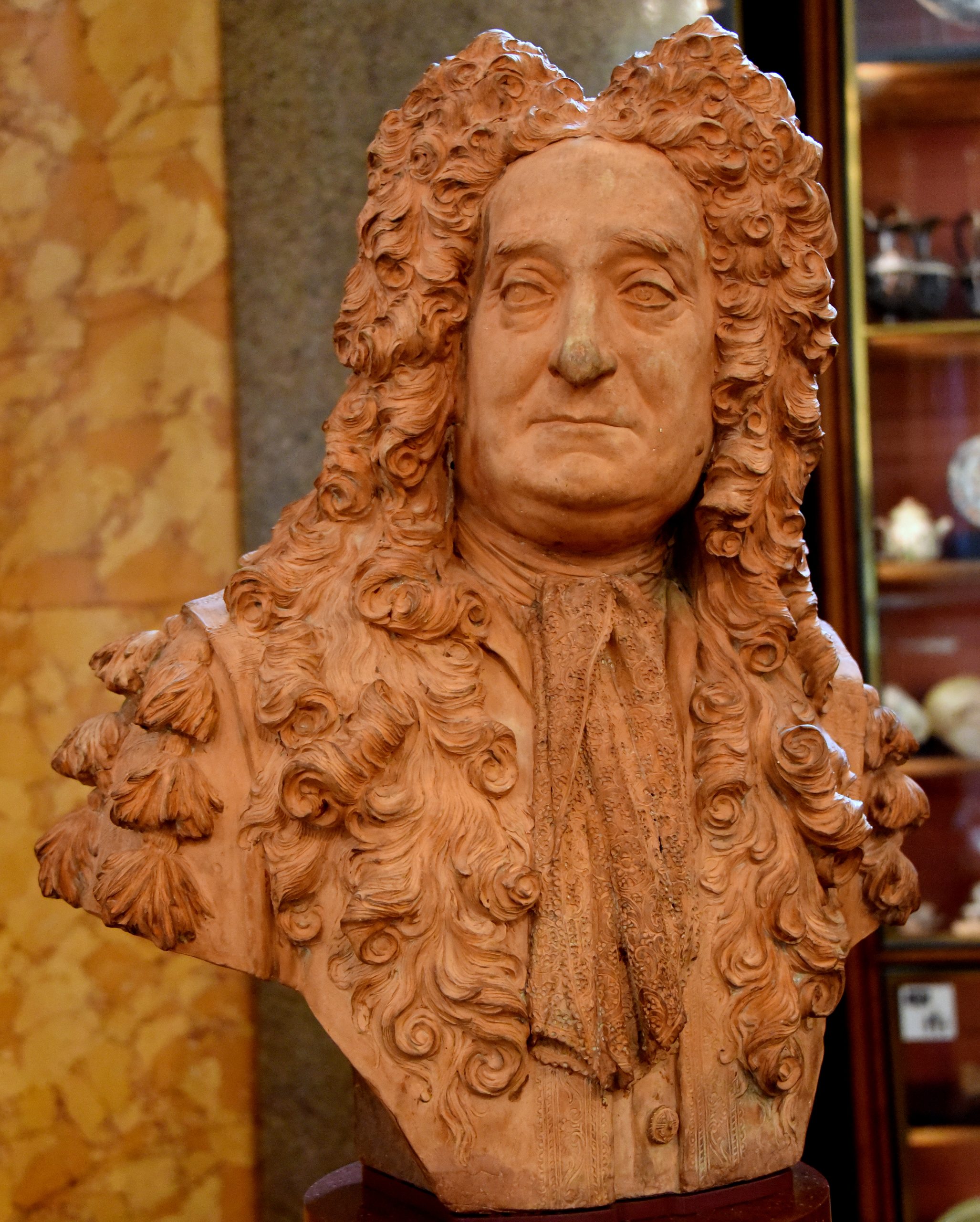
The British Museum has taken down a prominent bust of its founder, Hans Sloane, whose collection was built using money from his wife’s sugar plantation in Jamaica.
The sculpture, by Michael Rysbrack, has been relocated in a special glass cabinet with signage that describes him as a “slave owner” whose work was “enabled by the wealth and networks that grew out of European imperialism.” Also included in the cabinet are artifacts from Sloane’s personal collection, including some the museum has labeled as “anatomical specimens relating to skin color and theories of racial difference.”
“We have pushed him off the pedestal. We must not hide anything. Healing is knowledge,” the museum’s director, Hartwig Fischer, told The Daily Telegraph, which first reported the news.
“Dedication to truthfulness when it comes to history is absolutely crucial, with the aim to rewrite our shared, complicated, and, at times, very painful history,” the director added. “The case dedicated to Hans Sloane and his relationship to slavery is a very important step in this.”
The bust of Sir Hans Sloane. Courtesy of the British Museum.
A successful botanist and physician born in Ireland in 1660, Sloane amassed more than 70,000 books, drawings, coins, plant specimens, and other objects throughout his life. His collecting habit was born in 1685 on a trip to Jamaica—then owned by the British—where he identified hundreds of news species of plants (and allegedly invented chocolate milk).
Sloane bequeathed his unique collection to Britain upon his death, in 1753, and it formed the foundation of the British Museum when it was established that same year.
The replacement of Sloane’s bust is part of a larger effort at the institution to address the history of imperialism baked into its DNA.
“The British Museum has done a lot of work—accelerated and enlarged its work on its own history, the history of empire, the history of colonialism, and also of slavery,” said Fischer. “These are subjects which need to be addressed, and to be addressed properly. We need to understand our own history.”The British Museum Has Added a Label to a Bust of Its Founder Identifying Him as a Slave Owner as Part of an Effort to ‘Understand Our Own History’
Part of the Elgin Marbles, which were originally part of the Parthenon in Athens. Photo: by VCG Wilson/Corbis via Getty Images.
Other artifacts of dubious origin in the museum will be accompanied by labels denoting that they were acquired through “colonial conquest and military looting.” The institution will also develop a “trail” for gallery goers to explore the history of its collection through 16 such objects taken by the British Empire.
Notably, the Elgin Marbles, which were taken from Greece in the 19th century and have since been the focus of numerous repatriation efforts, are not featured on the tour.
“Eventually we’re going to be redisplaying the whole British Museum,” Neal Spencer, a curator who organized the Sloane cabinet, told the Telegraph. “We want to tell more of these stories. We want to talk more about the context of how the museum was founded.”